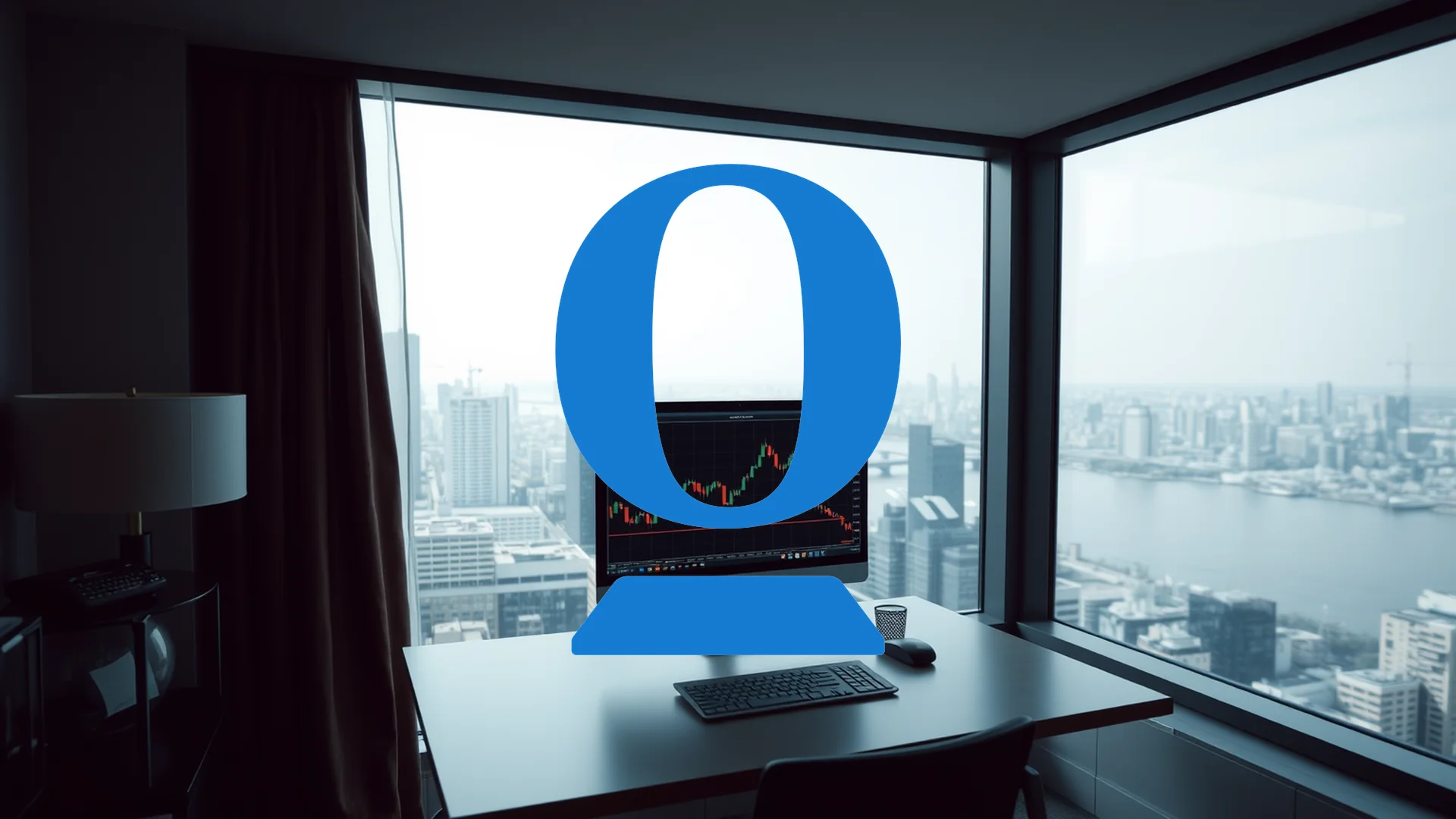Wolfspeed finds itself at a pivotal moment, navigating a complex Chapter 11 bankruptcy proceeding while simultaneously welcoming a new Chief Financial Officer to lead its financial restructuring. The silicon carbide manufacturer’s future hinges on the success of this drastic financial overhaul.
Leadership Shift Amid Financial Turmoil
Gregor van Issum officially assumes the role of CFO today, bringing over two decades of semiconductor industry expertise to Wolfspeed. His background includes leadership positions at ams-OSRAM and NXP Semiconductors, with significant experience in restructuring and mergers and acquisitions. Van Issum previously stated upon his July appointment that his immediate priority would be “providing investors with transparency and clarity throughout this transformation period.”
His arrival coincides with a crucial hearing in the company’s Chapter 11 process, which aims to reduce the company’s debt burden by approximately 70%. Van Issum joins CEO Robert Feurle and recently appointed COO Dr. David Emerson, who joined the management team in May, in steering the company through this challenging period.
Comprehensive Debt Restructuring Plan
The Chapter 11 filing, initiated in June, represents a radical approach to financial recovery. The proposed restructuring has already received support from more than 67% of convertible noteholders, demonstrating creditor confidence in the plan.
Key financial aspects of the restructuring include:
– Debt reduction of approximately $4.6 billion (70% of current obligations)
– Interest expense reduction of nearly 60% annually
– Targeted completion of the process by the end of the third quarter of 2025
The scale of financial distress is further highlighted by Renesas Electronics, a major creditor, which has already projected losses of 235 billion yen ($1.6 billion) from its exposure to Wolfspeed.
Should investors sell immediately? Or is it worth buying Wolfspeed?
Operational Performance and Strategic Developments
Despite financial challenges, Wolfspeed’s operational performance shows both progress and difficulties. The company’s Mohawk Valley fabrication facility generated $94.1 million in revenue during the fourth quarter, marking a significant milestone in ramping up its 200mm silicon carbide production capabilities.
Total revenue reached $197 million, with the Power Products segment contributing 60.2% of this amount—growing 13.4% to $118.6 million. However, the company reported a non-GAAP loss of $0.77 per share, missing analyst expectations due to $23.6 million in underutilization costs.
A positive development comes from the commitment of up to $750 million in CHIPS Act funding for Wolfspeed’s North Carolina expansion project, providing strategic support for the company’s long-term repositioning.
Market Challenges and Competitive Position
As a pioneer in silicon carbide technology, Wolfspeed operates in the growing wide-bandgap semiconductor market. The company’s 200mm wafer technology potentially offers both cost and technological advantages.
Current market conditions present significant headwinds, including weakened demand in key sectors, slower-than-expected adoption of electric vehicles, and increasing competitive pressure. These challenges are reflected in the company’s stock price, which currently trades around $2.82—a substantial decline from its 52-week high above $30.
The critical question remains whether this comprehensive financial restructuring will provide Wolfspeed with the necessary breathing room to capitalize on its technological advantages, or if market pressures have created an insurmountable challenge. The coming weeks will prove decisive for the company’s future trajectory.
Ad
Wolfspeed Stock: Buy or Sell?! New Wolfspeed Analysis from December 3 delivers the answer:
The latest Wolfspeed figures speak for themselves: Urgent action needed for Wolfspeed investors. Is it worth buying or should you sell? Find out what to do now in the current free analysis from December 3.
Wolfspeed: Buy or sell? Read more here...










